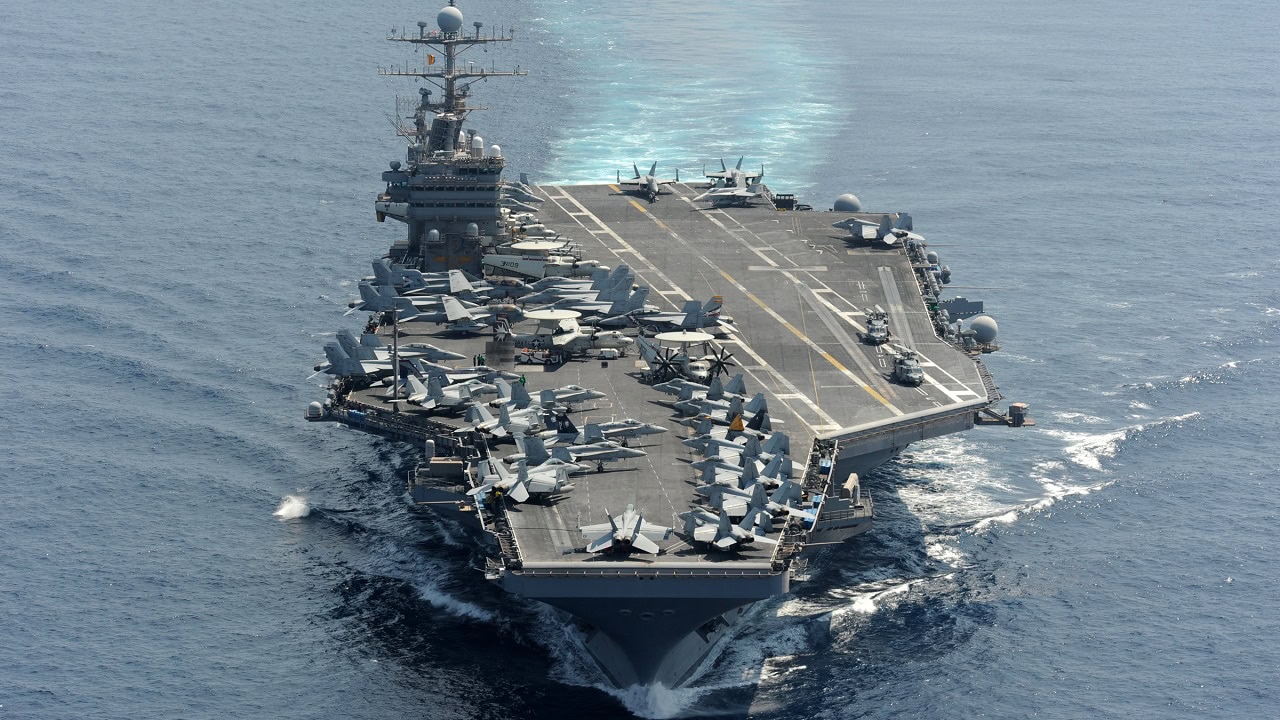James Holmes

This week I returned to the mothership for the first time in a dozen years, to take part in a conference at Vanderbilt University asking whether Chinese strategy is “universal or unique?”
My answer: Chinese maritime strategy is novel but not unique. Chinese strategists excel at combining and recombining the same concepts available to everyone, and to do so in ways that often baffle outsiders. Confounding prospective foes is a feature for them, not a bug.
The presentations made me think. Thinking is good.
China, the Korean War, and Modern Warfare
During the proceedings something dawned on me with regard to the Korean War. Namely that the forgotten war could furnish future combatants clues as to how the People’s Liberation Army (PLA) may wage war in maritime Asia. The China seas and Western Pacific comprise an oceanic battleground, but then the Korean Peninsula south of the “narrow neck” that roughly coincides with the inter-Korean border is a maritime theater in its own right.
Sea power can range all across it.
In geostrategic terms southern Korea is a half-island grafted onto continental Asia. In effect it’s part of the first island chain that plays such a prominent part in regional politics and strategy. It’s worthwhile mining the war for lessons applicable to today. The main thing PLA commanders must have learned from studying the conflict: it’s hard and perilous to fight on an island unless you command the air and sea around it.
Fresh off its victory in the Chinese Civil War, Communist China intervened on the peninsula to stem General Douglas MacArthur’s offensive short of the Yalu River. Whether Mao Zedong’s motives for intervening in the forgotten war were more strategically offensive or strategically defensive in outlook is debatable. Mao (and his successors) invariably cast their strategies as defensive. And, of course, the founding Chinese Communist Party chairman was an exponent of the doctrine—which verged and verges on dogma for the PLA—of “active defense.”
Long story short, active defense is a weaker combatant’s method for flipping the script on on stronger foe. The weak start off on the strategic defensive, buying time to tap their military potential. In the meantime they seek out opportunities to engage and annihilate isolated enemy units, enfeebling the foe by increments. Active defense portends strategic defense through offensive tactics and operations. It narrows, then reverses, an adverse military balance.
To borrow from boxing legend Jack Dempsey, the best strategic defense for Maoists is a good tactical offense.
But it can be a forward defense as well. China is not strategically autistic. It need not—and will not—mindlessly rerun the Maoist script in all future contingencies. Nor will it forever condemn itself to resisting foreign forces that invade the country. It will adapt time-honored practices to the realities of great power. Even for a contender with China’s leanings, then, it is possible to dispatch forces into unguarded or lightly guarded geographic space and defend it by harnessing active-defense principles.
In fact, the Prussian martial guru Moltke the Elder once pronounced strategic offense coupled with tactical defense the strongest form of warfare. You grab something and hold it—daring an assailant to come and take it while fighting at a tactical disadvantage. In warfare as in ordinary life, possession is nine-tenths of the law.
For Communist China, fighting in Korea deployed active defense with an offensive twist. But the expedition didn’t flout Maoist orthodoxy. Nothing in Mao’s writings proscribes going on the strategic offensive. In fact, the very point of active defense is to set the conditions to unleash a conventional counteroffensive culminating in a crushing battlefield victory. Active defense simply defers the counteroffensive till a more propitious time, once the correlation of forces has come to favor the active defender. There’s no reason to postpone the offensive if the PLA already commands battlefield parity or superiority. You can skip the strategic defensive.
That was the case in northern Korea after MacArthur and his U.S./UN army overshot their ability to sustain offensive operations. Intervening in Korea was not some outlandish abandonment of active defense.
But that doesn’t mean the campaign was fated to succeed. It’s no accident that Chinese forces fared relatively well during the opening phase of the intervention late in 1950. Northern Korea, a predominantly continental theater, constituted the arena for the ground-war phase. The Chinese host was thrown back when it made its own lunge toward the far reaches of the peninsula. Sea power—carrier aviation, ship-launched ordnance, amphibious forces—can make its weight felt far more easily south of the narrow neck than in the wide, mountainous north.
And it did. The PLA had little ability to oppose allied maritime operations around southern Korea, either by dispatching barely existent seagoing forces or by using shore-based forces to sling antiship and antiair weapons out to sea. That’s a deficit the PLA has worked feverishly—and with a considerable measure of success—to correct over the past quarter-century or thereabouts.
Our Chinese friends are students of history, and they do their homework. You can bet they will do their utmost to avoid repeating the mistakes their forebears committed in Korea.
Maybe Korea shouldn’t be a forgotten war after all.
No comments:
Post a Comment